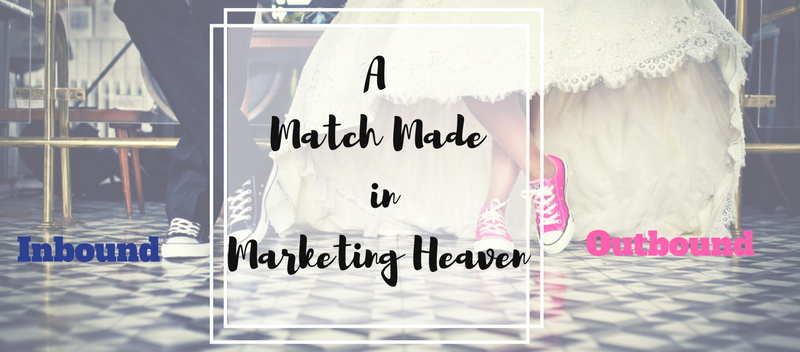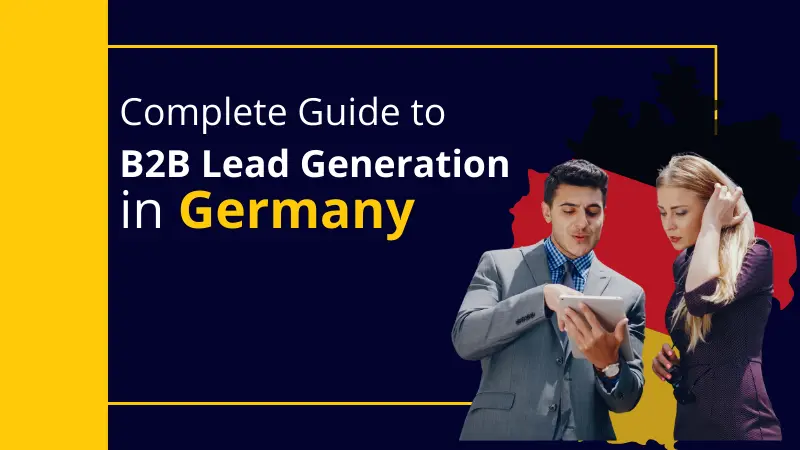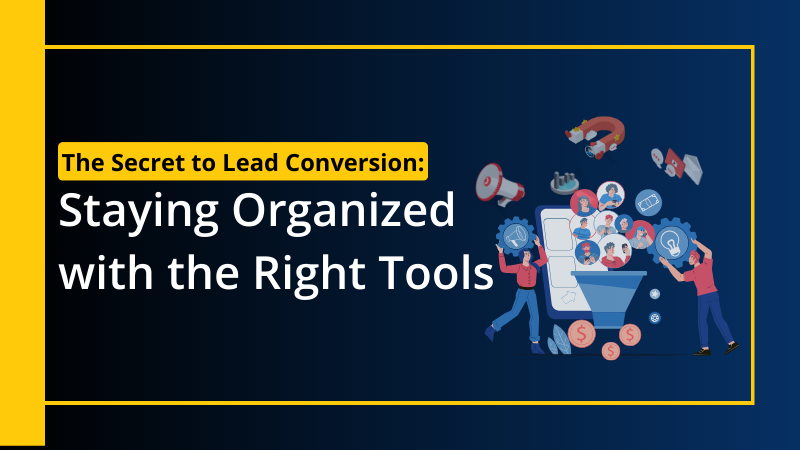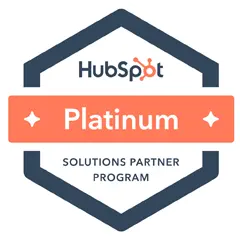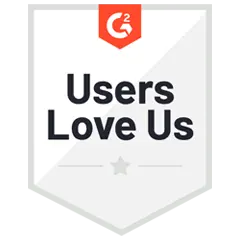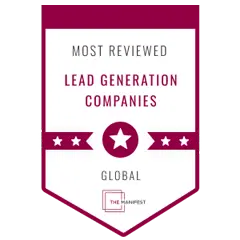I read an article that tried to differentiate Inbound Marketing from Outbound Marketing by oversimplifying it to this definition, which I paraphrase: Outbound is for those with money; Inbound is for those with brains. Yet, more than a handful articles have this to say: Inbound marketing is permission-based, while outbound marketing is interruption-based.
While both are true to a degree, I feel it’s inappropriate to label companies as “lacking in brains” for still making use and taking advantage of outbound marketing strategies. It also does not always hold true that all outbound marketing does is interrupt people’s lives. Outbound marketing is still important even up to this day.
The way I see it, in B2B lead generation, it’s possible to embrace Inbound and not abandon Outbound altogether.
Inbound vs. Outbound
But first, let’s set things straight by getting the exact definitions of inbound and outbound marketing and not the oversimplified ones.
Hubspot, credited for coining the term Inbound marketing defines it as something that “…focuses on creating quality content that pulls people toward your company and product where they naturally want to be. By aligning your content, you publish with the customers’ interests, you naturally attract inbound traffic that you can then convert, close, and delight over time.”
On the other hand, Outbound Marketing, according to Wordstream.com is the traditional form of marketing where a company initiates the conversation and sends its message out to an audience.
Business2community.com defines it as “… the concept of marketing to the masses in hopes of reaching the 1% of customers who are actually interested in buying your product or service at that time.”
Examples of Inbound and Outbound
Outbound marketing examples
- TV commercials
- Radio commercials
- Print advertisements (newspaper ads, magazine ads, flyers, brochures, catalogs, etc.)
- Tradeshows
- Cold calls (telemarketing)
- Email marketing
- Billboards
Inbound Marketing Examples
- Search Engine Optimization
- Landing Pages
- Content marketing (including blogs, articles, newsletters, case studies, social media campaigns, viral videos)
Related: Pokemon Go Interactive Marketing Strategy: Gotta Catch em all!
Advantages and Disadvantages
Inbound Marketing
Advantages
Inbound leads have the potential of being highly qualified and usually go much further through the sales funnel than most outbound leads. Instead of aggressive sales pitches, inbound marketing provides valuable content that attracts your target market and ensures you are in front of these prospects through the sales cycle.
- Appealing to ideal customers
- Potentially higher-quality leads
- Potentially more leads over time
- Easy to track success and ROI
Disadvantages
- Needs high content volume (sustainability can be challenging)
- Long time to see ROI (taking up to six months to start generating inbound leads)
- Less control over what prospects see (they may miss your primary opt-in offer)
Related: Best Marketing Tools to INCREASE Sales Leads Production
Outbound Marketing
Advantages
If you want a lot of leads quickly, outbound is the way to go. If you hate generating a lot of content for a long time and want results now, outbound is for you.
- Reaching large audiences
- Pulling in high value leads
- Ability to segment audiences
- Quick ROI and test of nurture sequence (once initial system is developed)
- Low ongoing content creation costs/time
- Potentially greater control over targeting (depends on data)
Disadvantages
The problem with outbound is that it is just not sustainable in the long run.
- Difficulty in tracking return on investment (ROI)
- Increasing blocking techniques (DNC lists, Spam filters, TiVo, etc)
- High cost, low yield.
Marrying Inbound and Outbound
If your dilemma is choosing the best strategy, you are not alone. But really, you don’t have to make it hard on yourself. Why not have the best of both worlds by marrying both inbound and outbound strategies? The trick is to strike a balance between the two.
Here’s what you can do:
- Promote your company blog (inbound strategy) at trade shows and other on-ground or web-based events (outbound strategy)
- Offer a free case studies for a specific buyer persona (inbound strategy) and distribute them via email to a list of those who match the persona (outbound strategy)
- Advertise your social media accounts (inbound strategy) on flyers/pamphlets, and business cards passed out at an event (outbound strategy)
Better be equipped with the best lead generation strategies now.
Here’s the TL;DR version (and this is what we do with ours):
- Identify your buyer persona
- Create a piece of content for your persona (blog, infographic, case study, video, etc.)
- Upload the content to your website (publish to blog or gate content on a landing page)
- Create a powerful Social Media ad based on the content
- Hype the contents on all your social media platforms (Facebook is a great platform because you can boost it)
- Set Facebook ad targeting
- Launch campaign.
Yes, many companies are gradually shifting to inbound, but a huge chunk of their budgets are still allotted for outbound. Even Hubspot, inventor of probably the most famous two words in marketing, admits to using outbound themselves. Let this article be the proof.

